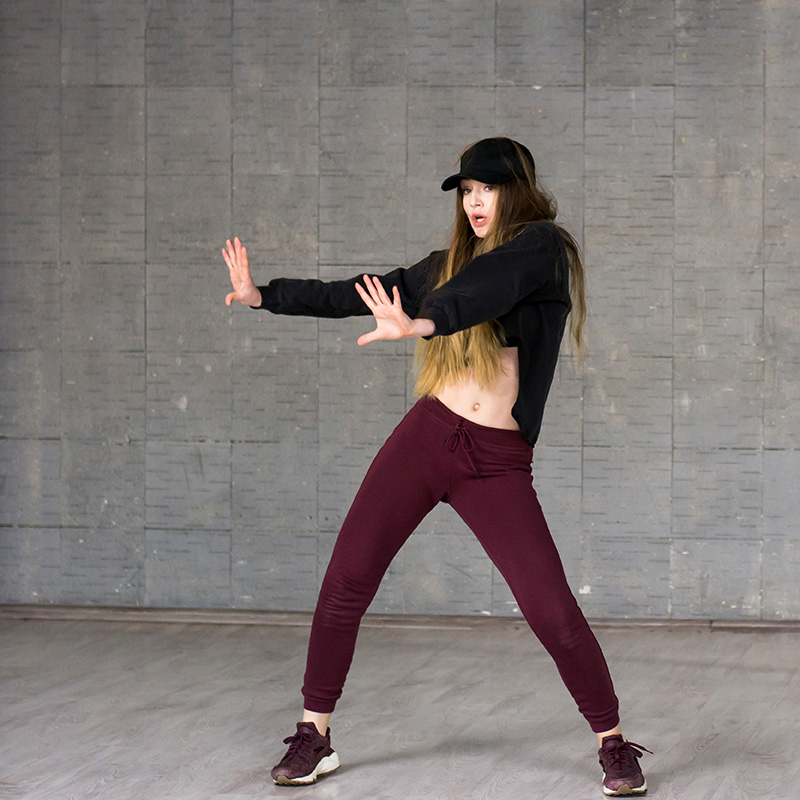
By: Clara C.
Year: 2021
School: Orange County School of the Arts
Grade: 8
Science Teacher: Marissa Mares
As a result of the COVID-19 pandemic, the world has had to experiment with virtual schooling. In order to make virtual learning more effective, we have to determine if there are any limitations of learning on a digital platform, which we know has inherent social limitations – it can be isolating, prone to distractions, boring, and audio-visually challenging. This study focuses on the cognitive differences in the learning process, specifically looking at mirror neuron activation.
Clara’s study seeks to determine whether there is any difference in mirror neuron activity during in-person, synchronous dance learning compared to virtual, asynchronous dance learning.
Specifically, the study examines the hypothesis that virtual asynchronous dance learning activates a lower level of mirror neuron activity compared to in-person, live, synchronous dance learning, which is associated with worse learning outcomes.
This study will enrolled 5-10 people living in Orange County, California, ranging from ages 7 to 44 years old, with no underlying brain conditions. The study will require that participants watch a dance routine being performed while wearing an electroencephalography (EEG) headset. The device used in this study to measure and track mirror neuron activity will be the Emotiv Epoc X mobile wireless EEG headset, which is used in neuroscience research to display EEG recordings of the wearer. Each person will provide informed consent to participate in the study and in the case of minors, their parents will provide informed consent.
Discussion
Participants scored worse after watching the virtual dance lessons than the in-person lessons, so we can conclude that virtual learning was not as effective as in-person learning in terms of learning outcomes. Mirror neuron activation was also lower in both the left and right parietal cortex in virtual compared to in-person dance lessons. The difference was not statistically significant in the left parietal cortex, which is likely due to the small sample size (n = 8). However, in the right parietal cortex, the difference in mirror neuron activation was statistically significant. The results of this study suggest a positive relationship between mirror neuron activation and learning outcomes, and that virtual dance learning results in a lower level of mirror neuron activation as well as worse learning outcomes compared to in-person learning.
A potential experimental bias was having only one experimenter score the dances performed by participants. Because this scoring is subjective, it could cause a bias toward ideal results. Next time, I would use two dance scorers. Due to COVID-19-related health and safety restrictions, it was not possible to safely recruit and test additional participants. A follow-up study should be conducted to study a larger sample size (n ≥ 15) and determine if the statistical significance is enhanced and whether a correlation could be made. Another experiment could separate participants based on their prior level of dance experience.
